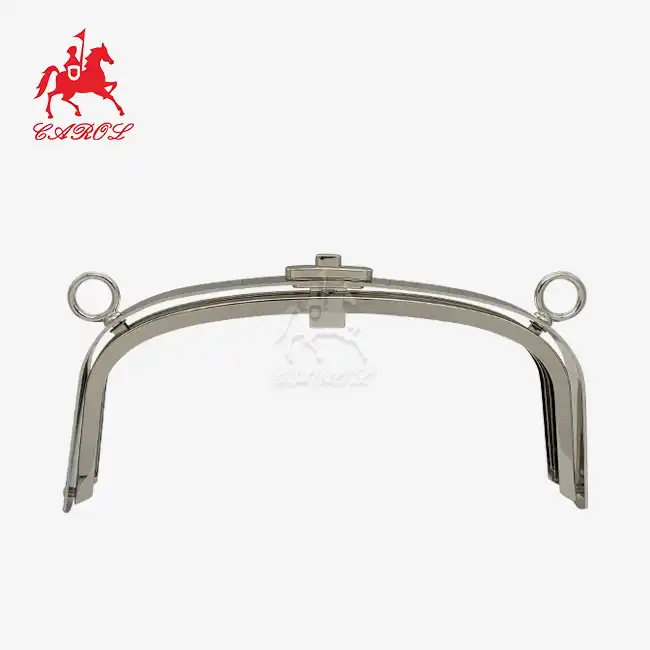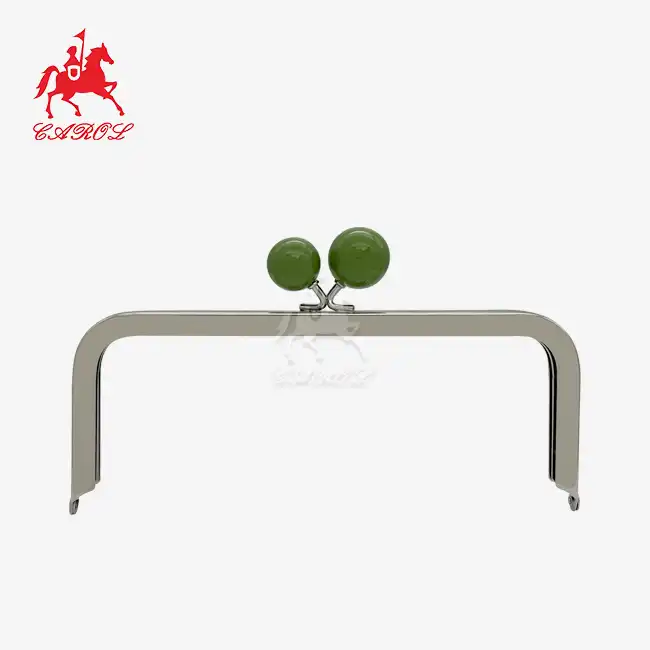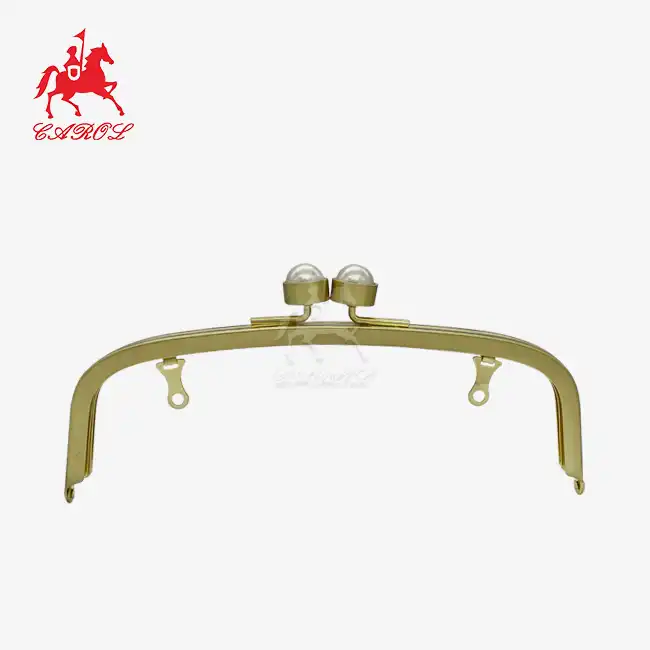What is a kiss lock metal frame?
A kiss lock metal frame is a specialized hardware component widely used in accessories, particularly leathercraft and fashion items like clutches, wallets, cosmetic bags, and small tote bags. Unlike basic closures (such as snaps or zippers) that focus solely on securing contents, this frame serves two intertwined purposes: it provides structural integrity to the accessory's opening while delivering a secure, easy-to-use closure system. Characterized by two interlocking semicircular or oval metal halves, often referred to as “lips”, that “kiss” together to seal the bag, it balances functionality with aesthetic appeal, making it a favorite among crafters, small-batch makers, and mainstream accessory brands alike.
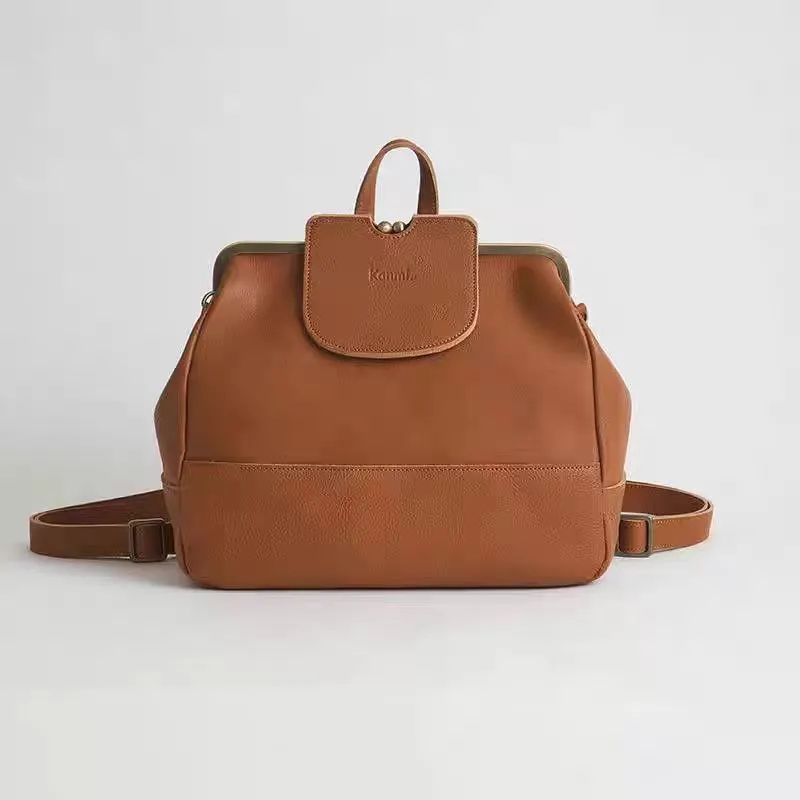
Dual Roles: Structural Framework and Secure Closure
Structural Support: Shaping and Reinforcing Accessory Openings
Many accessories, especially soft-sided items like fabric or leather clutches, rely on external hardware to maintain their shape, particularly around the opening. A kiss lock metal frame acts as a rigid “skeleton” for this area, preventing the opening from collapsing or warping over time. This structural role is especially valuable in the following scenarios:
- Maintaining form for soft materials: For accessories made from pliable fabrics (e.g., satin, canvas) or thin leather, the frame's metal construction keeps the opening wide enough for easy access to contents. Without it, the opening might narrow or fold, making it hard to retrieve items like keys, cosmetics, or cards.
- Distributing weight evenly: In wallets or small bags that hold heavy items (e.g., multiple credit cards, a smartphone), the frame distributes pressure across its metal structure. This prevents the opening from stretching or tearing, a common issue with fabric-only or poorly reinforced closures.
- Creating a clean, professional finish: When attached to the accessory's edges, the frame hides raw fabric or leather cuts, giving the item a polished, factory-made look. This is particularly important for handmade pieces, where a neat finish can elevate perceived quality.
For example, a leather clutch with a kiss lock frame will retain its sleek, rectangular shape around the top opening even after months of use, whereas a clutch with a simple drawstring closure might lose its structure and appear slouchy.
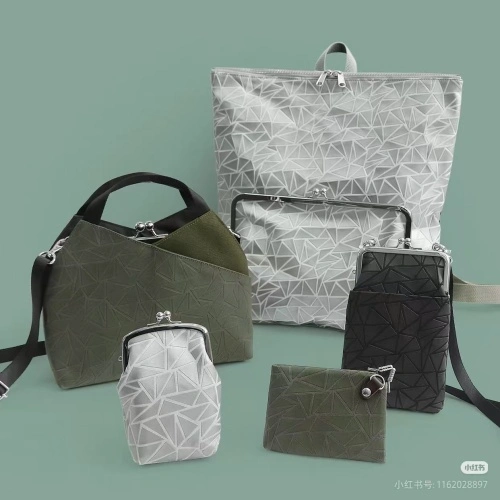
Secure Closure Mechanism: Protecting Contents with Intuitive Design
Beyond structure, the frame's “kiss lock” mechanism is designed to keep contents safe while remaining easy to operate. The closure works by pressing two metal halves together: each half contains a small spring or magnetic component that keeps them latched until intentional pressure is applied to separate them. This mechanism offers several advantages over other closure types:
- Secure latching without complexity: Unlike zippers (which can get stuck or break) or snaps (which may pop open accidentally), the kiss lock's interlocking design creates a tight seal. This is ideal for holding small, easy-to-lose items like earrings, lipsticks, or USB drives.
- One-handed operation: Users can open and close the frame with a single hand, critical for on-the-go use (e.g., retrieving a lipstick from a clutch while holding a drink). This is more convenient than zippers, which often require two hands to align and pull.
- Adjustable tension: High-quality frames allow for minor adjustments to the spring or magnet, letting makers tailor the closure's tightness. For example, a children's accessory might use a looser tension for easy opening, while a bag holding valuable items could have a tighter latch.
In practice, this means a cosmetic bag with a kiss lock frame won't spill its contents if it's jostled in a larger purse, and a wallet with the same frame won't accidentally open in a pocket,striking a balance between security and usability.
Craftsmanship Processes: Ensuring Precision and Performance
A kiss lock metal frame's ability to perform its dual roles over time depends entirely on one factor: the craftsmanship.
Even the best materials will underperform if the manufacturing process is flawed. High-quality kiss lock frames undergo three key craftsmanship steps to ensure they meet functional and aesthetic standards:
- Casting: The first step involves melting the metal and pouring it into precision molds. The mold's design determines the frame's shape (e.g., oval, rectangular), size (e.g., 5cm for small wallets, 10cm for clutches), and any decorative details (e.g., embossed patterns). For a frame to function properly, the mold must be highly accurate; even a 1mm error in the shape of the interlocking halves can cause the closure to fail. High-end manufacturers use computer-aided design (CAD) to create molds, ensuring consistency across every frame produced.
- Deburring and Polishing: After casting, the frame is removed from the mold and undergoes deburring,trimming excess metal (called “flash”) from the edges. This step is critical for user safety: sharp burrs can scratch skin or damage the accessory's fabric/leather. Next, the frame is polished to create a smooth, even surface. Polishing can range from basic buffing (for zinc alloy frames) to a hand-finished polish (for brass or stainless steel), which enhances the metal's natural shine and removes any surface imperfections.
- Plating and Coating: For frames that need a specific color or finish (e.g., matte gold, gunmetal, chrome), plating is the final step. The frame is dipped in a solution containing the desired metal (e.g., gold, nickel), and an electric current is applied to bond the metal to the frame's surface. A clear protective coating (usually a polyurethane or lacquer) is often added after plating to prevent chipping, tarnishing, or fading. This coating is especially important for zinc alloy frames, which are more prone to wear than brass or stainless steel.
With high-quality materials and skilled craftsmanship ensuring a kiss lock metal frame's basic functionality and durability, the next step in optimizing its value lies in structural add-ons.
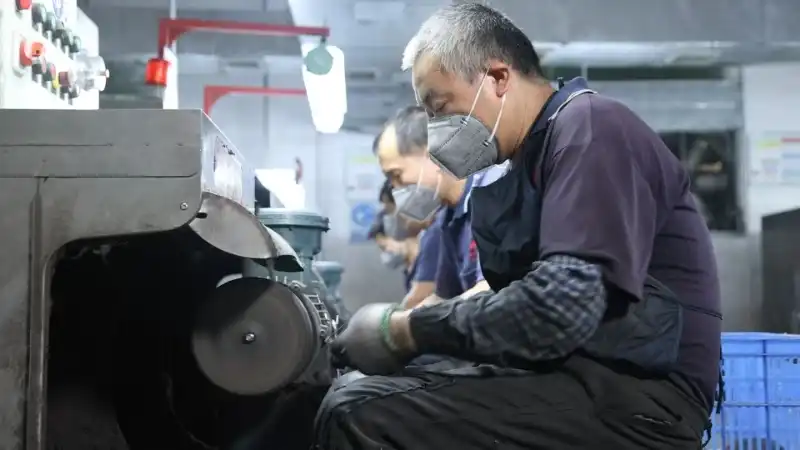
Structural Add-Ons: Enhancing Functionality for Specific Use Cases
A standard kiss lock metal frame, with its structural support and basic closure, meets the needs of many simple accessories. However, for more specialized uses (e.g., converting a clutch to a crossbody bag, adding extra storage), manufacturers and makers integrate structural add-ons. These components are designed to work seamlessly with the frame's core design, extending its functionality without compromising its strength or aesthetic appeal. By understanding these add-ons, users can select frames that align with their lifestyle, while makers can create more versatile, user-centric accessories.
Functional add-ons are designed to solve specific practical problems, such as enabling hands-free use or increasing the frame's load-bearing capacity. The most common functional add-ons include:
- D-Rings and O-Rings: Small metal rings (either D-shaped or circular) attached to the sides or top of the kiss lock frame. These rings serve as attachment points for straps, chains, or handles, transforming a clutch into a crossbody bag or a wallet into a wristlet. For example, a kiss lock frame with two D-rings on either side can accommodate a removable shoulder strap, letting users switch between handheld and hands-free use. D-Rings are often reinforced with extra metal to prevent pulling or bending, critical for straps that hold the accessory's weight (e.g., a crossbody strap carrying a smartphone and keys).
- Reinforced Edges: Extra layers of metal added to the frame's corners or edges. These reinforcements are ideal for accessories that see heavy use (e.g., work wallets, travel cosmetic bags) or are made from thick materials (e.g., heavy leather). Reinforced edges prevent the frame from bending if the accessory is dropped or squeezed, and they also distribute pressure more evenly when the frame is attached to thick material, reducing the risk of the material tearing away from the frame.
- Internal Dividers: Thin metal or plastic dividers attached to the inside of the frame's halves. These dividers create small compartments within the accessory, making it easier to organize small items. For example, a kiss lock wallet frame with an internal divider can separate credit cards from cash, while a cosmetic bag frame with dividers can keep lipsticks separate from eye shadows. The dividers are designed to not interfere with the closure mechanism, they lie flat when the frame is latched, ensuring a tight seal.
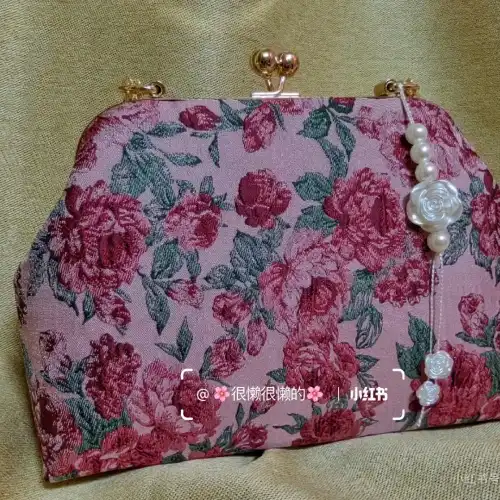
For designers and manufacturers in search of high-quality kiss lock metal frames, Carol stands ready to meet your needs. Their commitment to excellence, combined with their ability to customize products, makes them an ideal partner for bringing your accessory designs to life. Whether you're creating a line of vintage-inspired handbags or looking to add a touch of classic elegance to your modern designs, Carol's metal frames provide the perfect foundation.
Contact Carol today at tony@carolxiao.com to discuss your specific requirements. From standard sizes to custom designs, Carol's team of experts is prepared to support your creative vision with top-quality hardware solutions.
References
- Leather Goods Manufacturers Association (LGMA). (2023). Metal Hardware Guide for Handcrafted Accessories (6th ed.). LGMA Press.
- Smith, A. J. (2022). “Material Performance of Zinc Alloy, Brass, and Stainless Steel in Fashion Hardware.” Journal of Textile and Apparel Technology, 19(3), 58–76.
- Hardware Solutions for Accessories (HSA). (2024). Kiss Lock Frame Craftsmanship: Best Practices for Durability.
- Brown, L. M. (2021). “Structural Add-Ons for Metal Closure Frames: Enhancing User-Centric Design.” International Journal of Leather and Fashion Accessories, 16(2), 89–105.
- Fashion Hardware Institute (FHI). (2023). Closure Mechanisms for Small Accessories: A Comparative Analysis. FHI Research Report No. 2023-04.
_1753256285958.png)

_1754990596544.webp)
